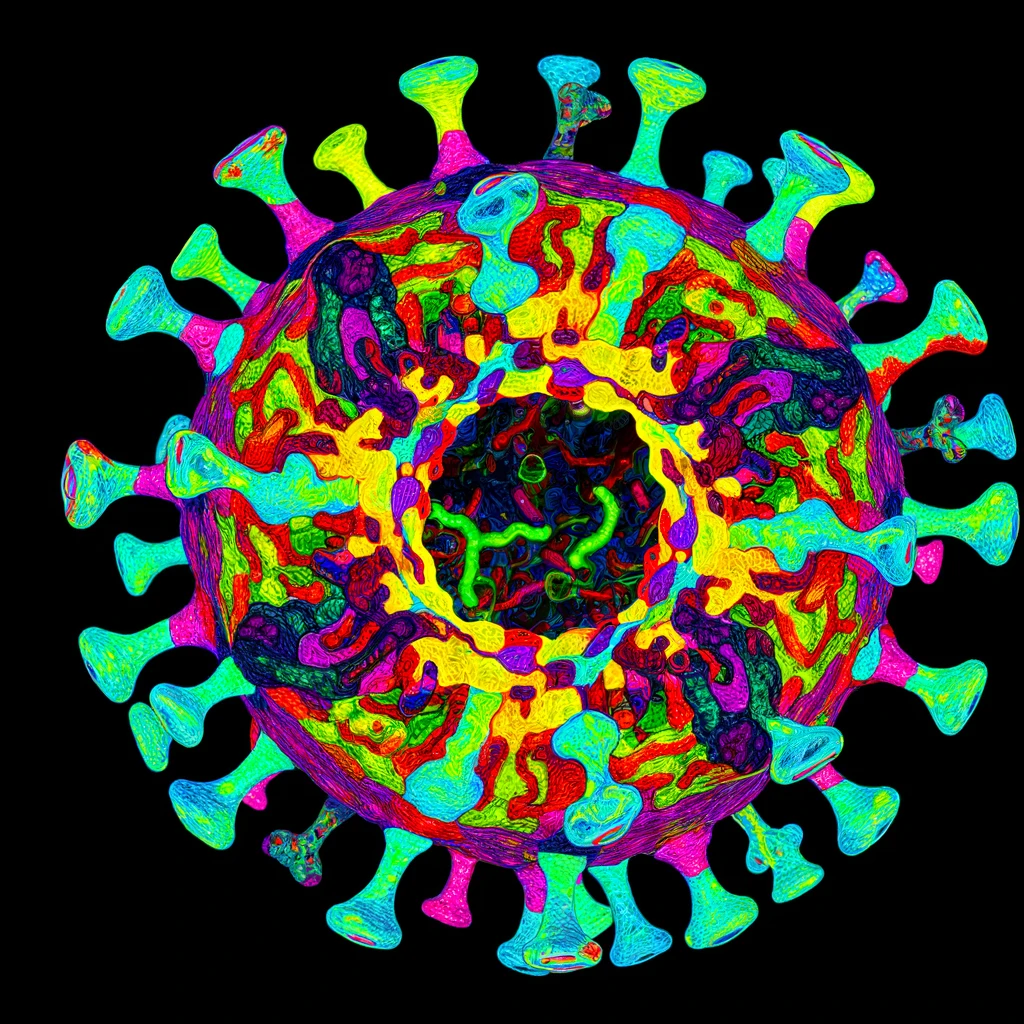
Viral Evolution: Understanding the Mechanisms Behind Pandemics
The study of viral evolution is crucial in comprehending how pandemics arise and spread. By delving into the mechanisms of viral change and adaptation, scientists can better predict and mitigate the impact of future outbreaks.
The Nature of Viruses
Viruses are microscopic entities that require a host to replicate. Unlike bacteria, they lack the cellular machinery necessary for reproduction, relying instead on infecting host cells to propagate. This dependence on host organisms makes viruses highly adaptable and opportunistic, capable of crossing species barriers and causing widespread disease.
Genetic Variation and Mutation
One of the key factors in viral evolution is genetic variation. Viruses have high mutation rates, which enable them to adapt quickly to environmental changes and host immune responses. Mutations can occur during replication, leading to new viral strains with altered properties. Some of these mutations may enhance a virus's ability to infect hosts or resist antiviral treatments.
Recombination and Reassortment
In addition to mutations, viruses can undergo genetic recombination and reassortment. Recombination occurs when two different viruses infect the same cell and exchange genetic material, potentially creating a novel virus with characteristics from both parent viruses. Reassortment is particularly common in viruses with segmented genomes, such as influenza, where segments from different strains can mix, leading to new combinations that may have increased virulence or transmissibility.
Factors Influencing Viral Evolution
Host Interactions
The interaction between a virus and its host is a significant driver of viral evolution. Host immune responses, including the production of antibodies, exert selective pressure on viruses, often leading to the emergence of escape mutants that can evade immune detection. This arms race between viruses and hosts is a dynamic process that shapes viral populations over time.
Environmental Pressures
Environmental factors also play a crucial role in viral evolution. Changes in temperature, humidity, and other ecological conditions can influence viral survival and transmission. Human activities, such as urbanization and globalization, further impact viral spread by altering habitats and increasing contact between different species, facilitating zoonotic transmission.
Case Studies: Historical Pandemics
The 1918 Influenza Pandemic
The 1918 influenza pandemic, caused by an H1N1 virus, is one of the most devastating pandemics in history. It is believed to have arisen from a combination of genetic reassortment events, leading to a virus that spread rapidly across the globe, infecting a third of the world's population and resulting in millions of deaths.
The HIV/AIDS Pandemic
The HIV/AIDS pandemic highlights the long-term impact of viral evolution. HIV, a retrovirus, has its origins in simian viruses transmitted to humans. The virus's ability to integrate into the host genome and its high mutation rate have complicated efforts to develop effective vaccines and treatments, underscoring the challenges posed by rapidly evolving viruses.
Conclusion: Preparing for Future Pandemics
Understanding viral evolution is essential for predicting and preventing future pandemics. By studying the genetic mechanisms behind viral change, researchers can develop strategies to monitor emerging threats and design effective interventions. Continued investment in surveillance, vaccine development, and public health infrastructure is vital to safeguarding global health against the ever-present risk of new pandemics.
Related Articles





